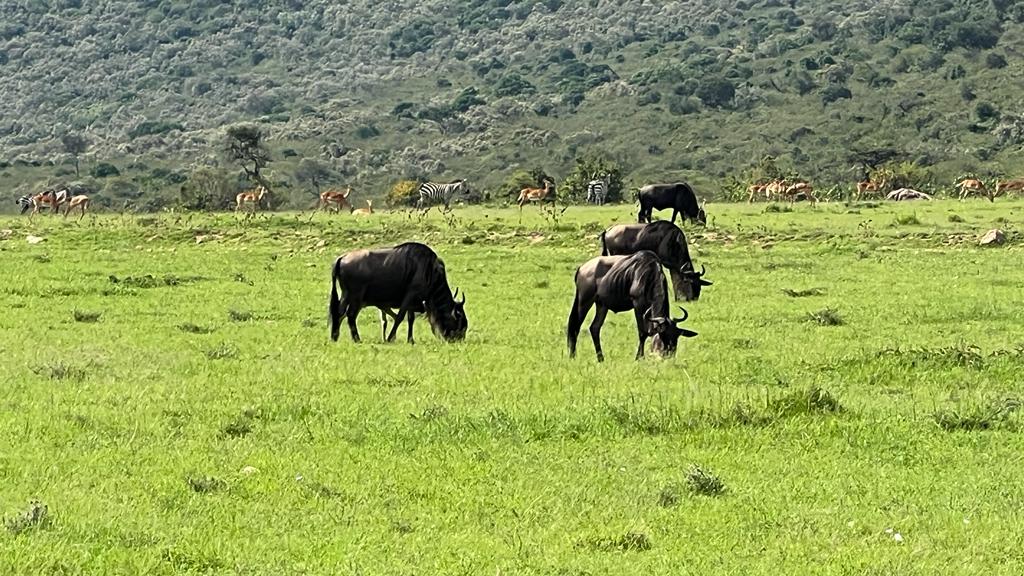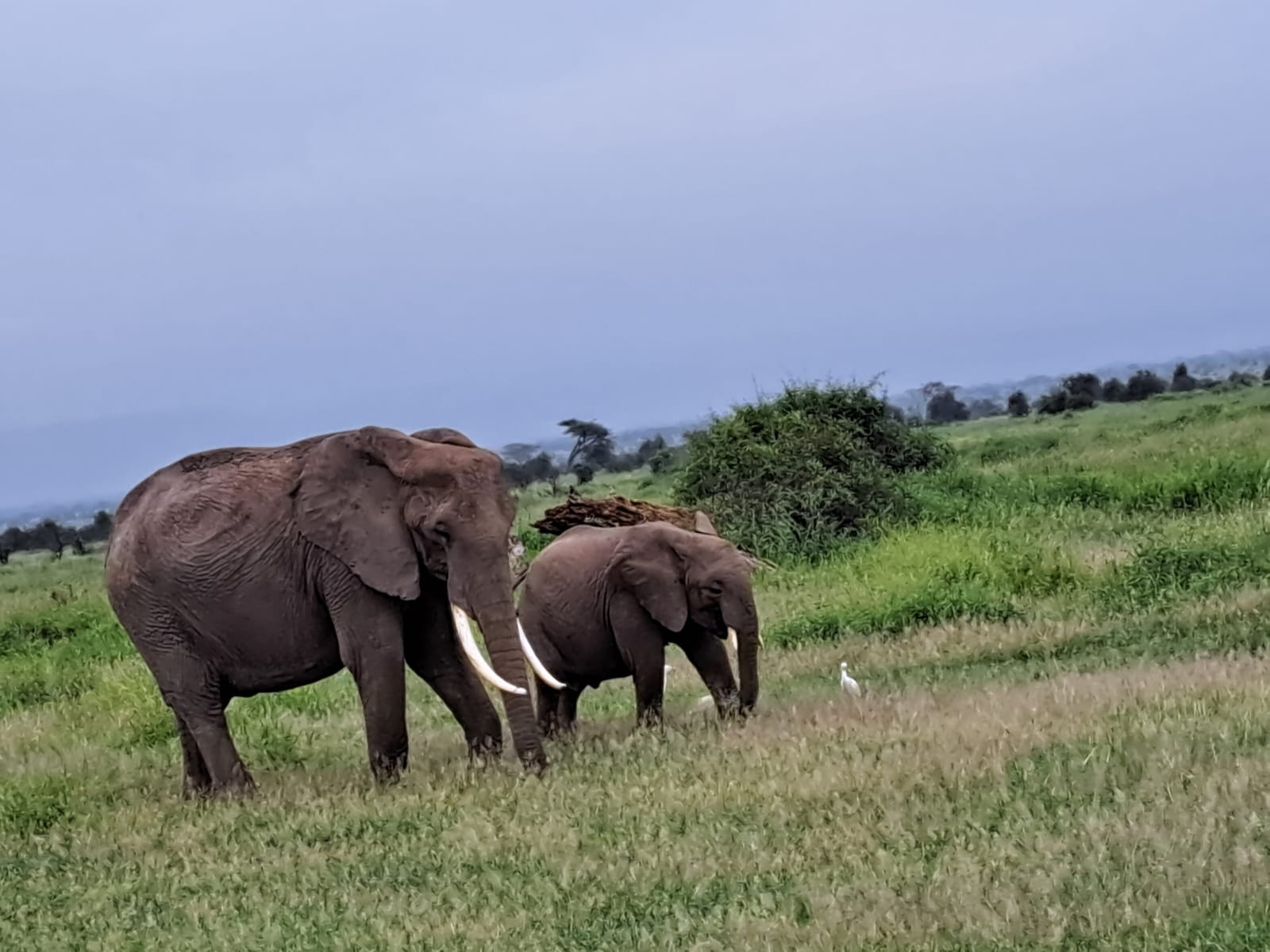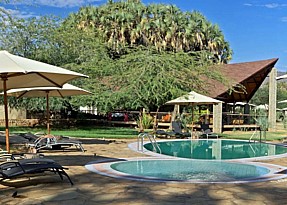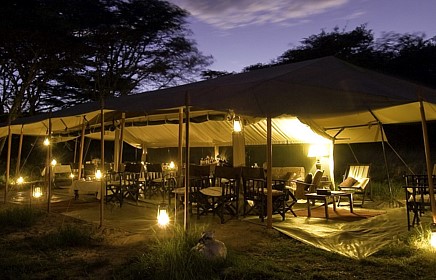MT CLIMBING INFO
Mount climbing, also known as mountain climbing or mountaineering, is the activity of ascending mountains. It can range from hiking on well-defined trails to technical climbing on steep and challenging terrain.
-
Types of Mountaineering:
- Hiking: Involves walking on established trails or paths up a mountain. It typically does not require specialized equipment beyond proper hiking boots and clothing.
- Scrambling: Requires the use of hands for balance and occasionally for climbing steeper sections, but does not usually involve technical climbing equipment.
- Rock Climbing: Involves climbing on rock faces using ropes, harnesses, and specialized equipment such as cams, nuts, and carabiners for protection.
- Ice Climbing: Involves ascending frozen waterfalls, glaciers, or other icy terrain using ice axes, crampons, and other specialized equipment.
- Alpine Climbing: Refers to climbing in high mountain environments, often involving a combination of hiking, scrambling, rock climbing, and ice climbing.
-
Skills and Training:
- Mountaineering requires physical fitness, technical skills, and knowledge of safety techniques.
- Training in navigation, route-finding, first aid, rope management, and rescue techniques is essential for safe climbing.
- Climbers often undergo specific training in rock climbing, ice climbing, and wilderness survival skills.
-
Equipment:
- Basic equipment for mountaineering includes appropriate clothing (layers for warmth and protection), hiking boots, a backpack, water, food, navigation tools (map and compass or GPS), and emergency supplies.
- Technical climbing may require additional equipment such as ropes, harnesses, helmets, climbing protection (e.g., cams, nuts), ice axes, crampons, and specialized clothing for cold and wet conditions.
-
Safety:
- Safety is paramount in mountaineering, as it involves inherent risks such as falls, avalanches, rockfall, and adverse weather conditions.
- Climbers should always assess risks, check weather forecasts, inform others of their plans, and carry necessary safety equipment.
- Climbing with experienced partners or guides can enhance safety and provide valuable knowledge and support.
-
Environmental Considerations:
- Mountaineers should practice Leave No Trace principles to minimize their impact on the environment.
- Respect for wildlife, vegetation, and cultural heritage is important, as is following established trails and regulations in protected areas.




